Financial Planning Posts on Crowch
The rapid emergence of generative AI, such as large language models and image generators, has already changed industries — from customer service to journalism, from healthcare to education. These systems can summarize texts, create artwork, write code, and even simulate human conversation. Startups and corporations are racing to integrate AI into every possible product.
But this wave of innovation brings fear as well. Will AI replace human workers at scale? Can it replicate human creativity or empathy? Who is accountable if an algorithm makes a life-changing error — like denying a loan or misdiagnosing a disease?
There are also concerns about bias: AI systems learn from existing data, which means they can amplify stereotypes or make unfair decisions if not carefully monitored. Transparency and accountability in AI development have become urgent demands from both experts and the public.
Digital Inequality
While Silicon Valley and other tech hubs race ahead, large parts of the world remain digitally excluded. In some developed countries, children grow up with tablets, coding classes, and 5G internet. Elsewhere — especially in rural regions of the Global South — schools lack even basic computers, and reliable internet is a luxury.
This digital divide is not just about hardware; it’s about opportunity. Those without access to digital tools are cut off from online education, job applications, e-commerce, and political participation. If left unaddressed, this gap could deepen existing inequalities and create a digital underclass.
Bridging this divide requires global effort — through investment in infrastructure, affordable technology, and digital literacy programs that empower communities, not just individuals.
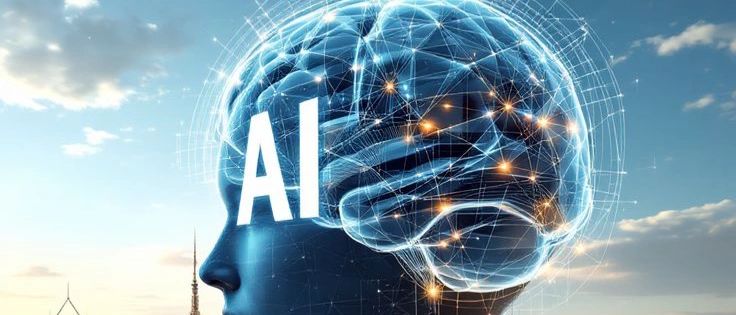
Society Calls for Regulation
With tech capabilities growing exponentially, regulation is struggling to keep up. Governments, civil society, and international organizations are now actively debating how to ensure AI and big tech serve the public good.
Key areas of concern include:
- Data privacy: Who owns the data we generate? How is it used and by whom?
- Surveillance: Are AI-driven security systems infringing on civil liberties?
- Autonomy and manipulation: Algorithms shape our newsfeeds, purchases, and even our opinions — often invisibly. Where is the line between personalization and manipulation?
Some governments have started drafting AI regulation frameworks (like the EU’s AI Act), but global consensus is lacking. In the absence of strong, ethical governance, the risk is that innovation becomes exploitative rather than empowering.
A Challenge or an Opportunity?
Technology is neither inherently good nor bad — it’s a tool. The real question is: who designs it, who controls it, and for whose benefit?

We are entering a new era where the line between human and machine becomes increasingly blurred. In this world, it’s essential that we put human dignity, rights, and well-being at the center of technological development.
Yes, AI can revolutionize education, medicine, and sustainability. But only if it’s inclusive, ethical, and aligned with democratic values. It’s not enough to ask what AI can do. We must ask what it should do.
The future is digital — but it must also be humane.
Let’s be honest: if you had told me in 2015 that by 2025 the United States would be fighting to defend the relevance of the U.S. dollar on the world stage — I probably would’ve smirked, sipped my overpriced coffee, and gone back to reading the Fed minutes.
But here we are.
This summer, the BRICS+ coalition — now expanded to include Saudi Arabia, Indonesia, Nigeria, and Turkey — officially launched the BRICS Digital Clearing Unit (BDCU), a blockchain-based trade settlement system designed to bypass the SWIFT network, minimize dollar dependency, and solidify a multipolar financial world.
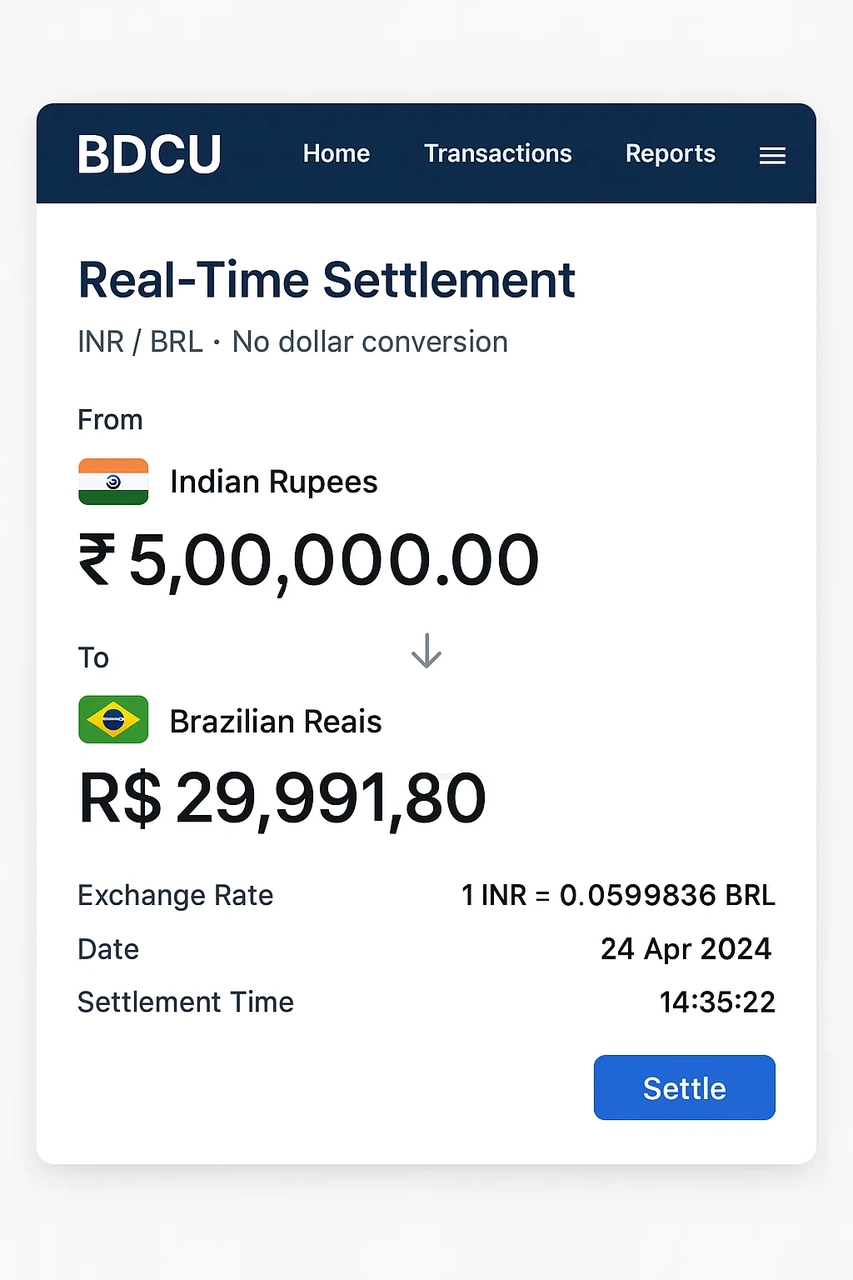
This is more than a tech upgrade. It’s a financial revolution, one that reorders how power, trust, and risk are distributed in the global economy. And it may well be the most significant shift in monetary geopolitics since Nixon closed the gold window.
The Beginning of the End (of Dollar Hegemony)?
The U.S. dollar has been the world’s reserve currency for nearly 80 years. That dominance gave America the ability to finance deficits cheaply, enforce sanctions effectively, and steer global monetary policy from behind closed doors in Washington.
But cracks have been forming. Russia’s ejection from SWIFT. China’s digital yuan pilot. African nations demanding fairer loan terms outside IMF frameworks. Even France, earlier this year, settled a gas shipment from Qatar in renminbi. So when BRICS+ leaders unveiled the BDCU this June, it wasn’t just symbolic — it was practical. A way for nations to conduct smart contract–based trade, with currencies of their choice, governed by a shared digital protocol. No middlemen. No dollar. No Western veto.
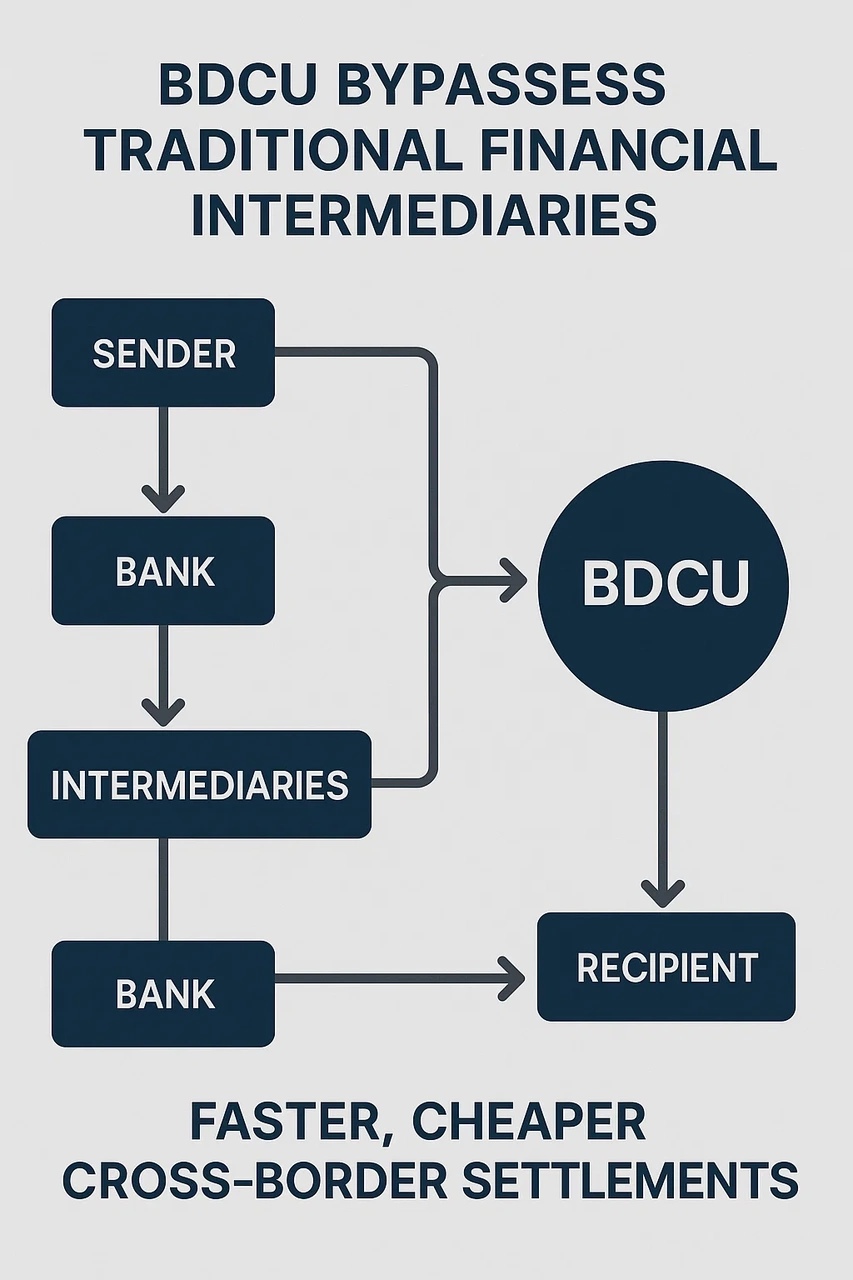
And just like that, the foundations of dollar supremacy feel shakier than ever.
A Shift in Trust: From Institutions to Protocols
For years, the global economy relied on institutions like the World Bank, IMF, and BIS to facilitate cooperation and impose order. But in 2025, trust is being redefined — not around institutions, but infrastructure.
The BDCU isn’t just faster or cheaper. It’s programmable. That means trade rules, tax compliance, sanctions, and even environmental standards can be coded directly into transactions. For example, a shipment of palm oil from Indonesia to South Africa could automatically verify deforestation status and carbon intensity before payment clears.
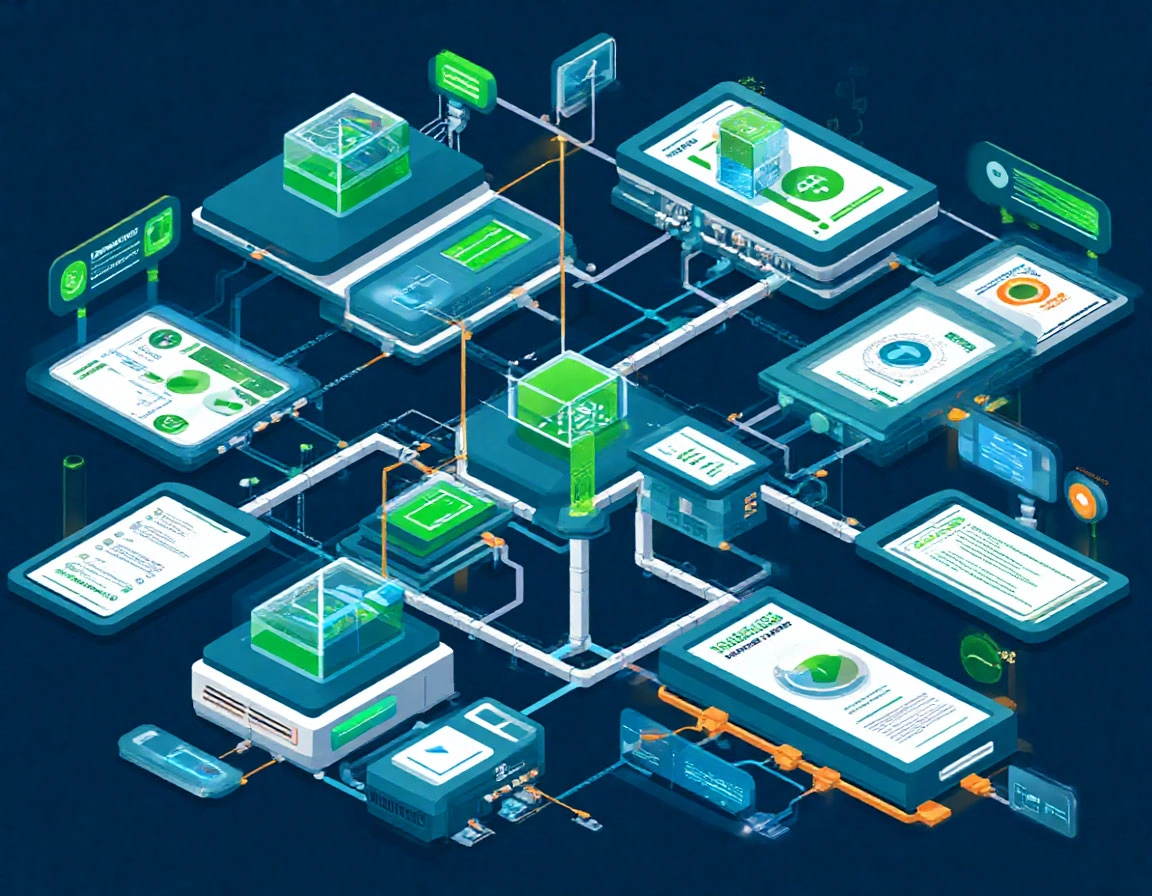
It’s efficient. Transparent. And dangerously seductive. Because while Western policymakers debate regulation, the BRICS+ economies are out here writing the new rules of financial trust — one line of code at a time.
Can the West Catch Up — Or Should It Adapt?
The U.S. response so far has been a mix of concern and confusion. The FedNow+ real-time payment network launched this year, but it’s still domestic. The digital dollar pilot is bogged down in political fighting over privacy and surveillance.
Europe, meanwhile, is watching its banking sector erode as emerging nations build direct trade links without touching the euro or dollar.
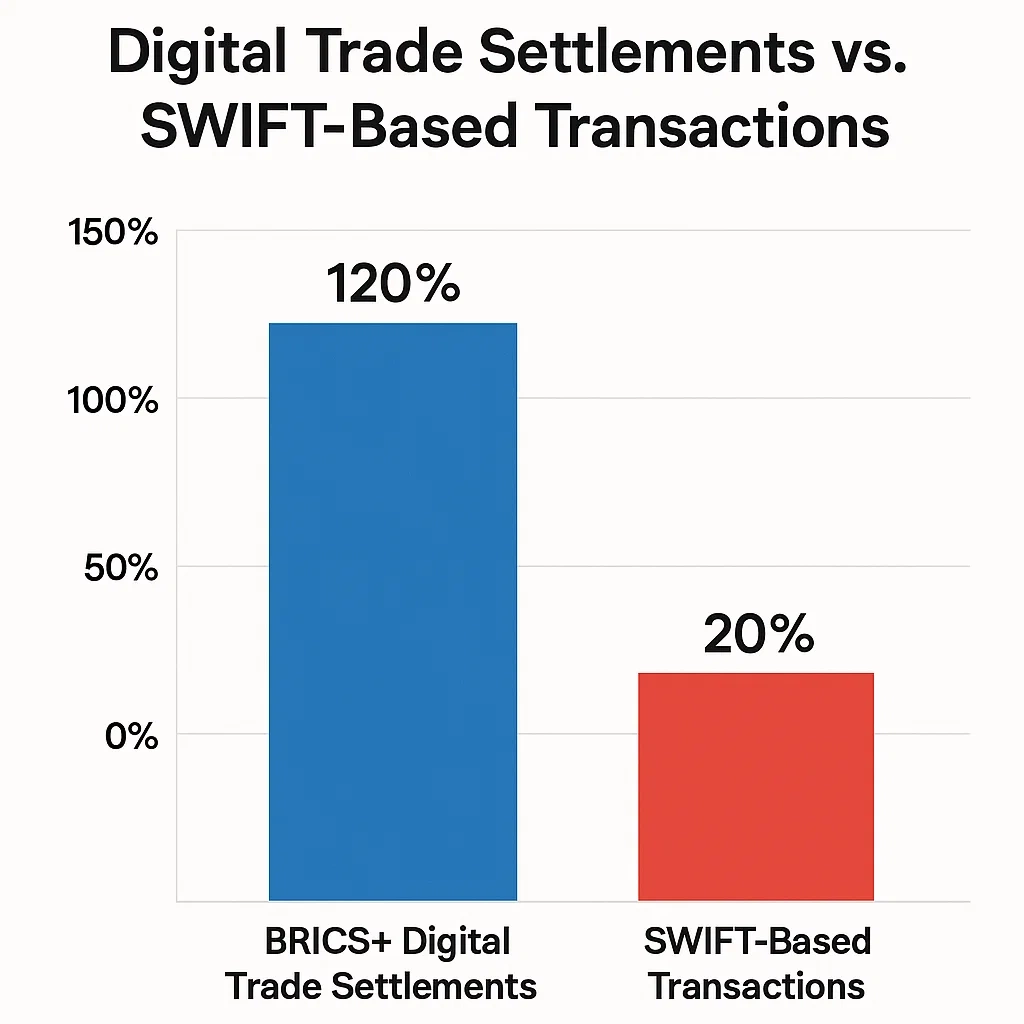
And here’s where things get tricky. The West can’t simply ban these systems — they’re open-source, decentralized, and increasingly too large to ignore. Nor can it outcompete them using legacy frameworks from the 20th century. Instead, Western economies might need to redefine their value proposition. That means doubling down on legal protections, contract enforcement, intellectual property, and innovation — things that can’t be easily tokenized or copied. Because in a world where financial plumbing is open to all, power comes not from controlling the pipes — but from offering the most trusted water.
What This Means for the Rest of Us
I’m not a central banker. I’m a guy who loves markets, macro, and the stories behind every spreadsheet. And here’s what I think: This shift isn’t just about geopolitics. It’s about access. The BRICS+ model empowers small and medium-sized nations — and even businesses — to transact without fear of financial exclusion. It lowers costs. Reduces friction. And forces legacy powers to compete for relevance, not assume it.
It also raises tough questions: Who gets to write the code that governs trade? What happens when economic sanctions can be bypassed with a few keystrokes? Will this lead to fragmentation, or eventually to pluralistic integration?
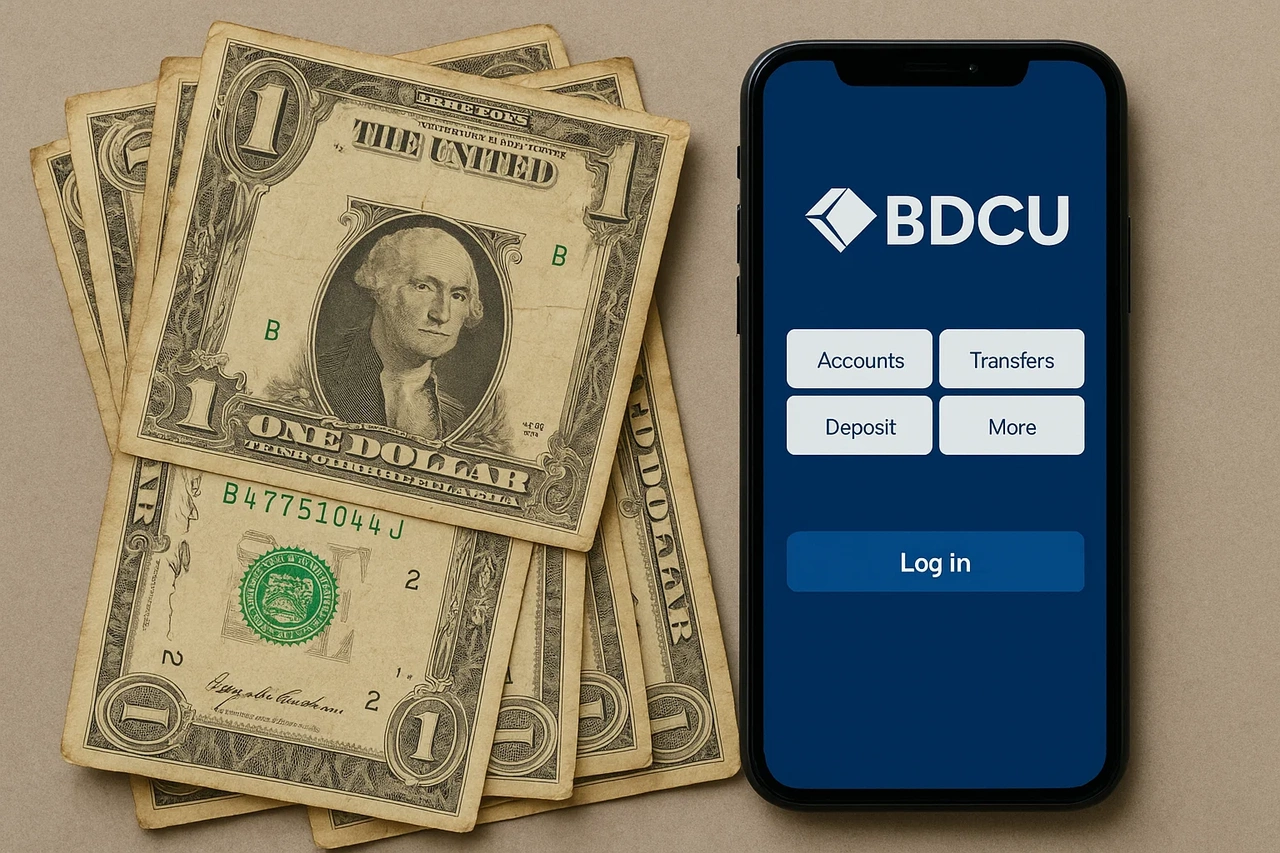
We don’t have answers yet. But here’s the truth no one in D.C. wants to hear: the dollar is no longer inevitable.
It’s optional.